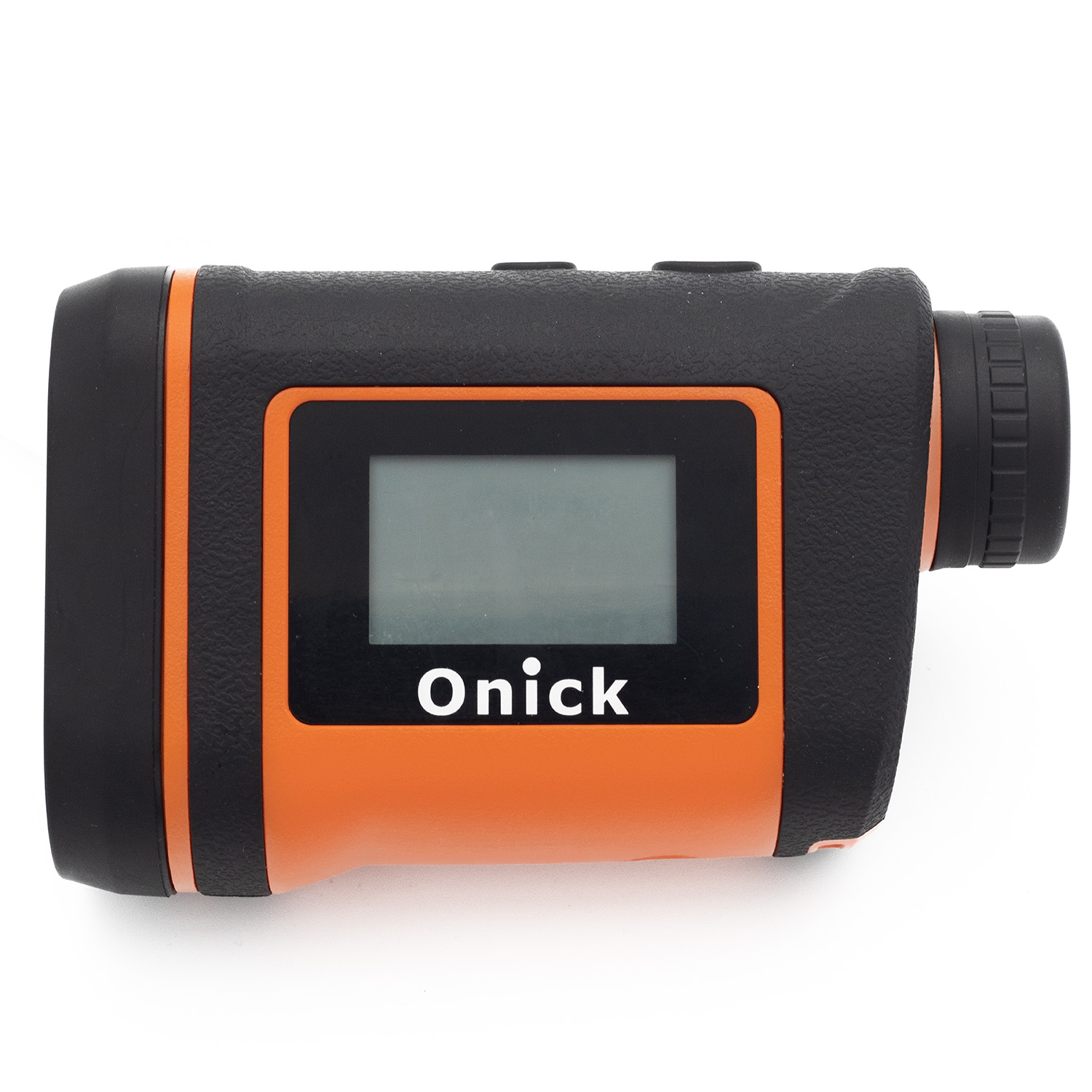Laser rangefinders are increasingly popular in various fields, including hunting, golfing, and surveying. They offer a convenient and accurate way of measuring distances, but it is essential to know how to use them correctly and take appropriate precautions to ensure their safe operation. In this article, we will talk about how to use and precautions of laser rangefinders.

Using a Laser Rangefinder
The first step to using a laser rangefinder is to ensure that it is fully charged. Most rangefinders come with a rechargeable battery, and you must charge it before going out to use it. Once it is charged, switch on the device and aim it at your target. Press the button on the device to activate the laser. The rangefinder will emit a laser beam that reflects off the target and bounce back to the device’s sensor. The device then calculates the distance based on the time the beam takes to travel to and from the target. The result will appear on the screen.
It is vital to aim the laser beam at the intended target accurately. A slight deviation in the laser beam can result in an incorrect distance measurement. Therefore, it would be best if you took the time to aim the rangefinder correctly.
Precautions of Laser Rangefinder
Laser rangefinders are not toys and can pose a danger to the eyes if not used appropriately. The beam emitted from most rangefinders is relatively low-powered, but it can still cause damage to the eyes or skin if it is not used appropriately. Here are some precautions you should observe when using a laser rangefinder:
1. Eye Safety: Never aim the rangefinder at a person's eye or allow the laser beam to enter the eyes directly. Always use it in a way that prevents any potential injury to your eyesight. Be sure to read and follow all the safety warnings in the manual or documentation before using the device.
2. Avoid Using the Rangefinder Near Reflective Surfaces: Do not use the rangefinder near reflective surfaces like mirrors, glass or shiny metal surfaces. The reflections can cause the beam to become erratic, leading to inaccurate readings.
3. Use the Rangefinder in Appropriate Lighting Conditions: Laser rangefinders work best in bright light conditions, but if the lighting is too bright or too low, it can interfere with the rangefinder's accuracy.
4. Avoid Water Damage: It would help if you did not expose your rangefinder to water or any other liquid. If water enters the device, it can damage it and render it unusable.
Conclusion
In conclusion, laser rangefinders are easy to use and are handy tools for measuring distances. By following the precautions and safety measures mentioned above, you can ensure your safe and accurate use of the device. However, always remember to read the device’s manual or documentation before using it to avoid any potential misuses that might result in injury or damage to the device.

